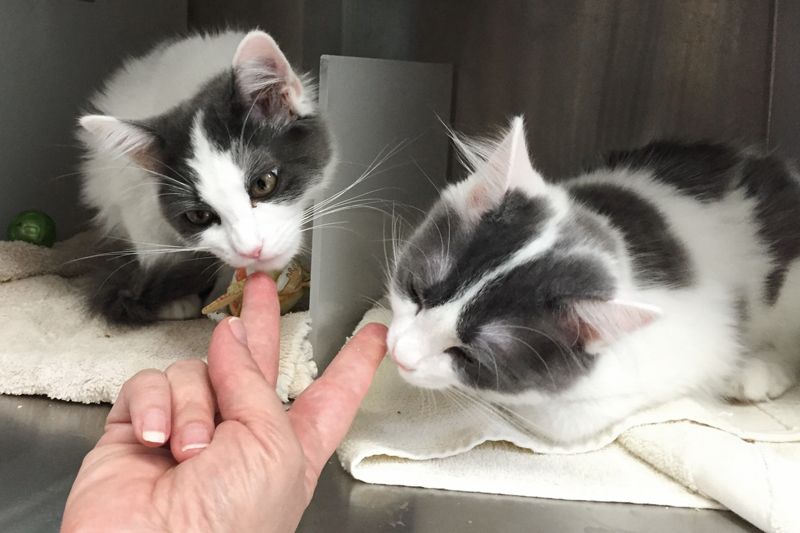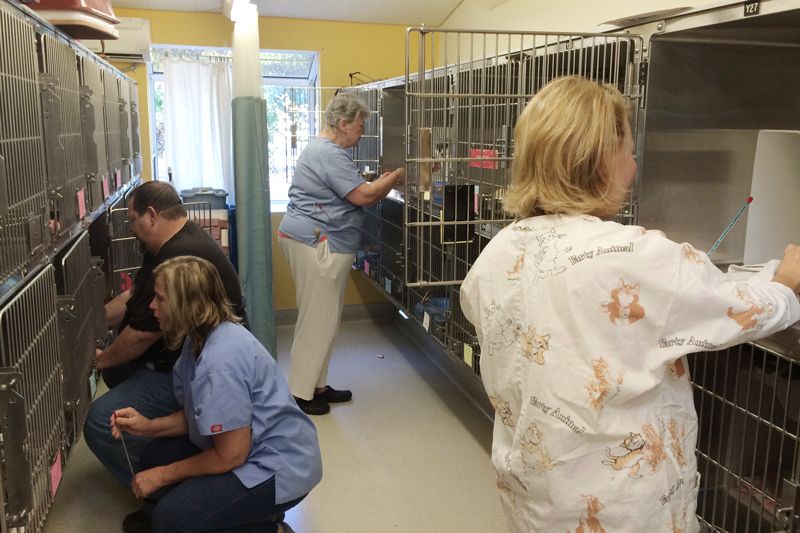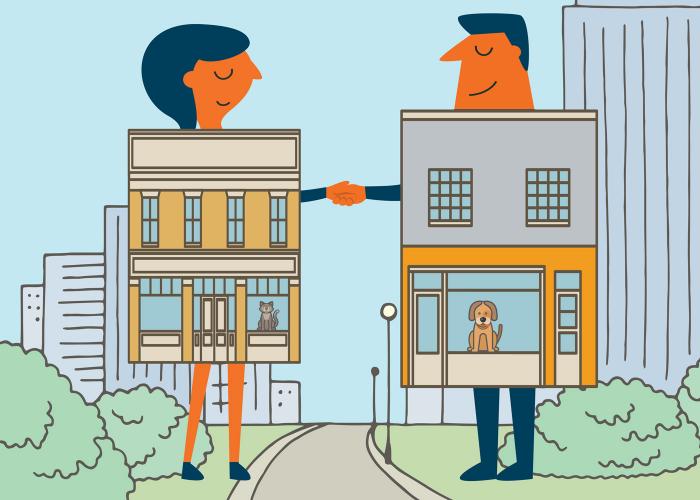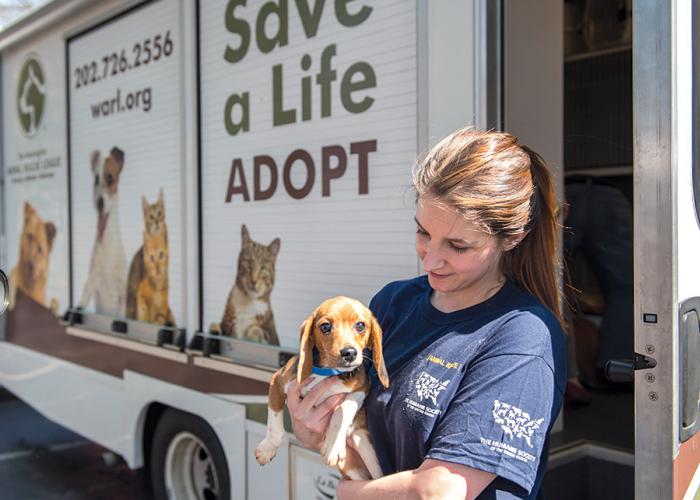Out of the lions’ den
California shelter transforms kittens who roar into ones who purr

“Have you ever dreamed of being a lion tamer? Well, now is your chance to learn ….”
That was the invitation a small California shelter emailed to its volunteer network last summer. The Animal Shelter Assistance Program (ASAP) needed help and was trying something new.
ASAP had recently committed to help build Santa Barbara County’s trap-neuter-return (TNR) capacity by taking in kittens born to community cats. This freed other organizations and individuals to focus their efforts on trapping and sterilizing the adult cats. Then kitten season hit, and ASAP suddenly found itself with 30 feral kittens.
The shelter’s foster homes were full. Even then, only a handful of its foster caregivers were comfortable socializing “popcorn” kittens, so called because they hiss and pop like heated kernels of corn. Looking down at yet another crate of feral kittens, ASAP director Angela Walters Rockwell knew some creative problem-solving was in order.
Fortunately, the shelter’s “sick bay” was empty. So Rockwell and her staff placed the kittens in the empty cages. Then they set out to recruit volunteers to socialize the kittens, and the Tiny Lion Tamers (TLT) program was born.
While “lion tamer” is a play off the iconic whip-wielding circus figure, TLT volunteers use only positive reinforcement methods modeled after the shelter’s behavior program for shy adult cats. Tamers provide daily interaction during a critical developmental stage, when young kitten brains are open to developing an appreciation for humans.
Trained volunteers sit atop stools aligned to the height of the cages and entice the fractious felines with food and play. They may start by offering a dab of food at the end of a chopstick, letting the kittens choose how and when they interact with people. ASAP has found that its feral charges come around more quickly with these methods than when they are forced to be held. The aim is for kittens to “see you as something that adds quality and value to their lives,” says Rockwell. The ultimate goal, she adds, is to create socially confident cats versus those who simply tolerate human companionship.

Each kitten’s progress is documented on a clipboard, so volunteers know where to start each session. Julie Hagen, a regular TLT volunteer, relishes the moment when a hissy kitten suddenly purrs and wants to cuddle. “It’s just amazing to see the transformation.”
To graduate to the adoption floor, a kitten must pass a few tests. First, she must seek interaction with people without the lure of food. Second, she must voluntarily come out of her cage and onto the lap of the tamer. Most kittens are quick studies, ready to meet potential adopters within two weeks.
In the first eight months, 120 tiny lions passed through the program and found homes. Adopters receive tips for helping the former ferals adjust to a home environment. So far, only two pairs of alumni have been returned by their adopters.
TLT has also become ASAP’s most successful volunteer program, with a core group of 26 people who volunteer at least once a week during the busy kitten season. Training is a key to that success, says Rockwell, with complex feline socialization methodologies distilled into simple steps for tamers to follow and experienced volunteers who act as mentors to newbies.
For Hagen, taming kittens is a family activity; she volunteers weekly with her two teenage daughters. They also started fostering feral kittens at home—and adopted one of them. “I learned a lot about cat behavior,” Hagen says, “watching for their cues … letting them call the shots.”
Tiny lions satisfy people’s desire to have meaningful interactions with animals, and the moment they begin to trust you can be magical, even addicting, says Rockwell. As volunteers develop a deeper connection with the kittens, they’re also building a deeper level of engagement with the organization.
Rockwell’s advice to others interested in launching a similar program is simple: “Have fun with it—but be clear with the training, and don’t be afraid of letting new volunteers try this.”







